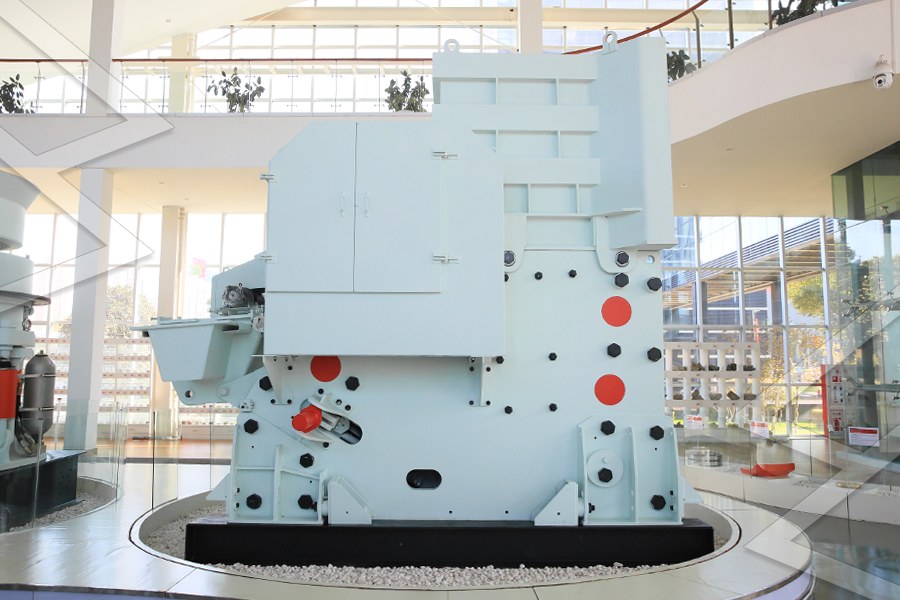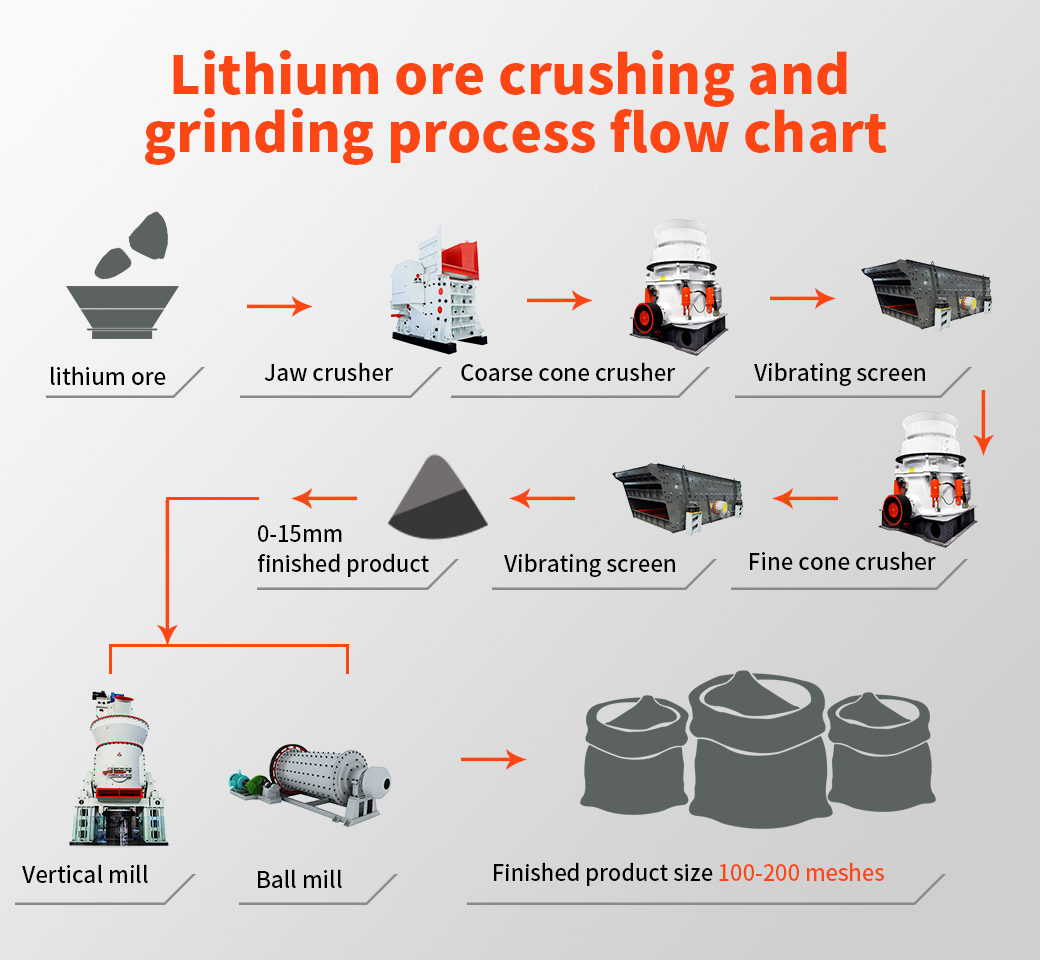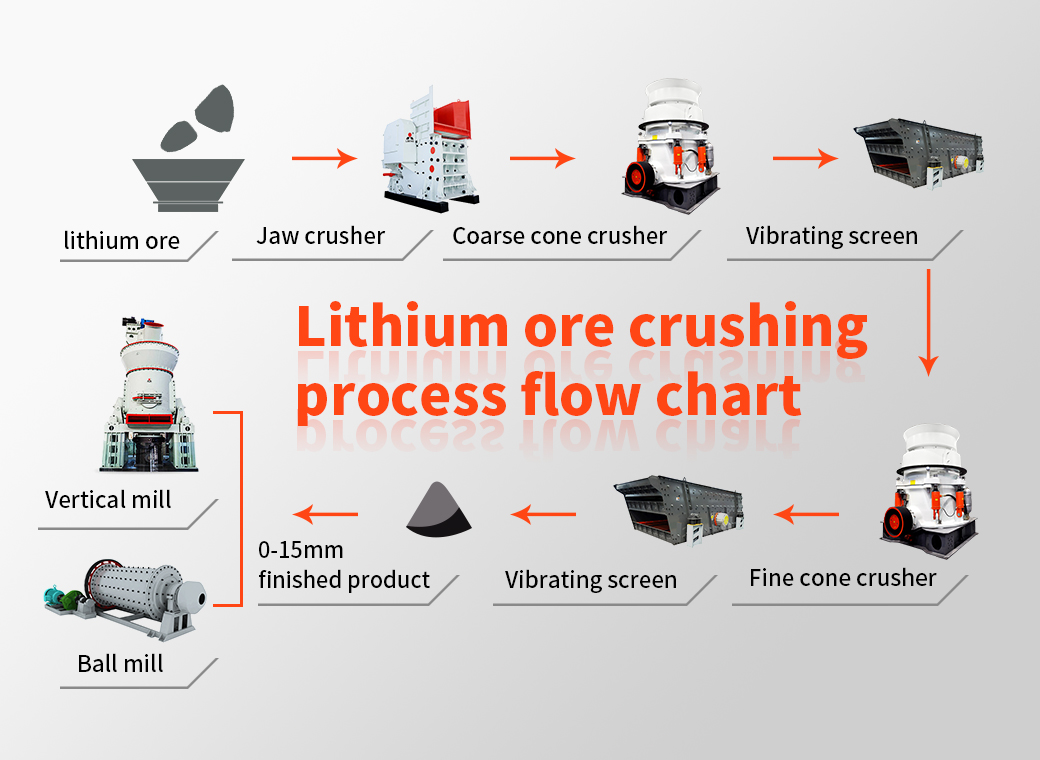Factors Affecting the Output of a Primary Jaw Crusher
Factors Affecting the Output of a Primary Jaw Crusher
When it comes to maximizing the output of a primary jaw crusher in aluminum mining operations, several factors come into play. One key factor is the hardness and composition of the material being crushed. Aluminum ore can vary greatly in terms of hardness and abrasiveness, which can impact the efficiency and output of the crusher.
Another important factor is the closed-side setting (CSS) of the crusher. This refers to the distance between the jaws at their closest point during operation. The CSS directly affects both the size distribution and capacity of final product. Adjusting this setting correctly can significantly improve output.
The type and design of jaw plates also play a role in determining crusher output. Different types of jaw plates are available, including standard manganese steel, high chrome iron, and composite materials with ceramic inserts. Choosing the right combination for your specific application can have a significant impact on productivity.

Factors Affecting the Output of a Primary Jaw Crusher
Additionally, feed size plays an important role in crusher performance. Ideally, material should be evenly distributed across the entire width of jaw opening to ensure efficient crushing action. Uneven feeding or oversized rocks can lead to uneven wear on jaw plates and reduced overall production.
Regular maintenance is crucial for consistent high output from a primary jaw crusher. Proper lubrication, inspection of wear parts, and timely replacement when necessary are essential steps in ensuring optimal performance.
By considering these factors and implementing best practices for maintenance, operators can maximize output from their primary jaw crushers in aluminum mining operations.



 Spodumene: According to the hard rock crushing process, the crushed product is generally 5-40mm, combined with different design requirements of customers, two-end or three-stage crushing, high-grade crushed products (above 4-5%) can be directly used in the metallurgical process to produce lithium carbonate Or lithium hydroxide, the particle size of the finished product is generally around 20-40mm; low-grade generally requires ball mill grinding and separation, and the particle size of the finished product is generally around 5-20mm;
Spodumene: According to the hard rock crushing process, the crushed product is generally 5-40mm, combined with different design requirements of customers, two-end or three-stage crushing, high-grade crushed products (above 4-5%) can be directly used in the metallurgical process to produce lithium carbonate Or lithium hydroxide, the particle size of the finished product is generally around 20-40mm; low-grade generally requires ball mill grinding and separation, and the particle size of the finished product is generally around 5-20mm;
